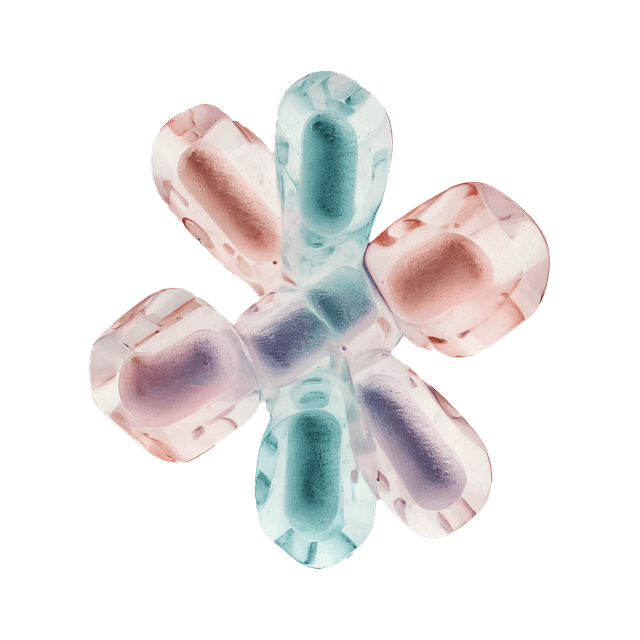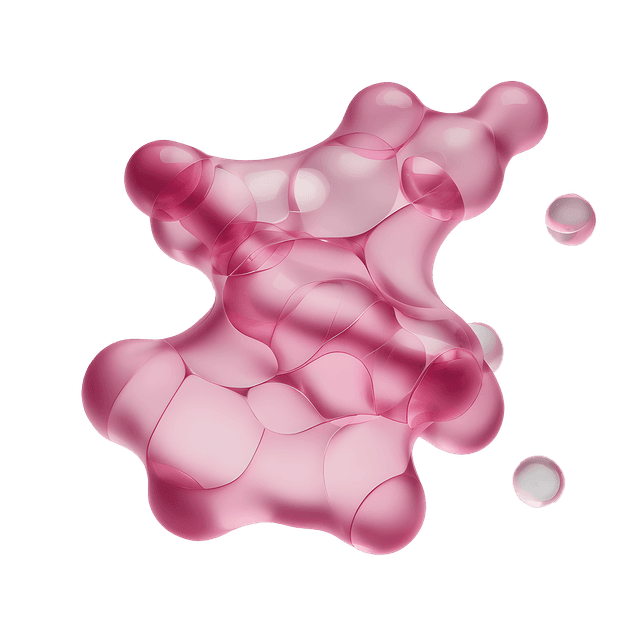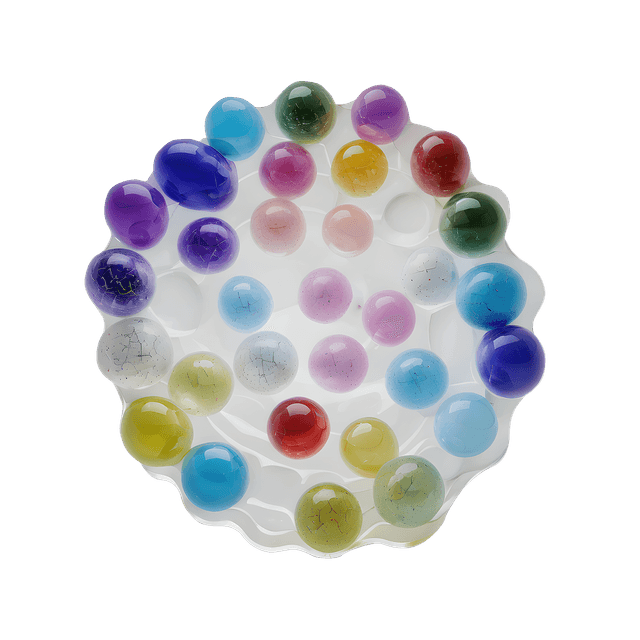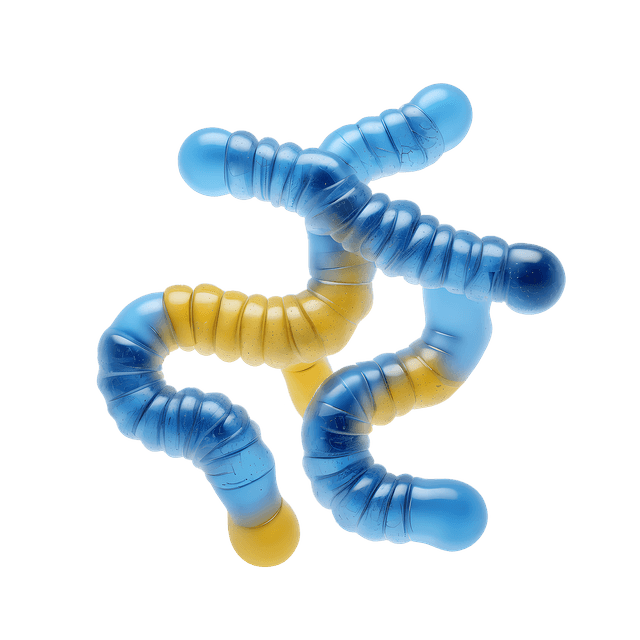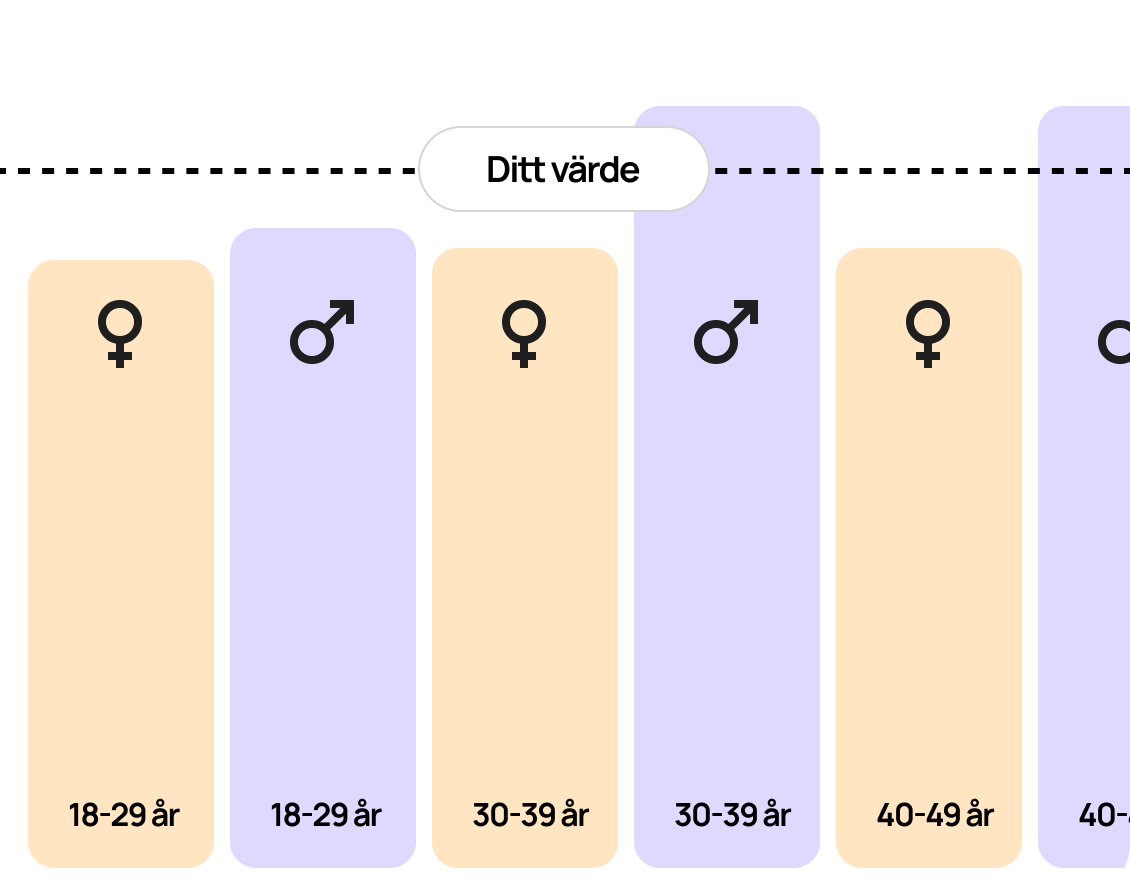ALT, Alanine aminotransferase, is an enzyme that is mainly found inside the cells of the liver but is also present in smaller amounts in the kidneys, heart and skeletal muscle. ALT plays a central role in the body's amino acid metabolism and energy production by catalyzing the conversion of amino acids. When liver cells are damaged or die, for example in liver disease or inflammation, ALT can leak into the blood. Therefore, ALT is often used as a sensitive marker for liver health and potential liver damage.
Elevated concentrations of ALT can indicate liver damage or inflammation, but since the enzyme is also found in other tissues, it can sometimes reflect the effects on other organs.
A mild increase in ALT is common without necessarily indicating a serious illness. Temporary elevations can occur due to:
- Medications: Some medications, including paracetamol, statins and antibiotics, can affect ALT levels.
- Alcohol intake: Regular or excessive alcohol consumption can cause an increase.
- Diet and obesity: People who are overweight, especially those with fatty liver disease (NAFLD), often have elevated ALT levels.
- Intensive physical activity: Strenuous exercise can temporarily increase ALT levels.
If ALT is elevated for a longer period, especially in combination with other abnormal liver values, it may indicate:
- Liver diseases: such as fatty liver disease (NAFLD/NASH), hepatitis (viral, autoimmune or alcoholic), cirrhosis (cirrhosis) or drug-induced liver damage.
- Infections: including viral infections such as hepatitis B or C.
- Metabolic conditions: such as insulin resistance and metabolic syndrome.
What is a normal ALT value?
Normal reference ranges for ALT vary depending on the laboratory and analysis method, but a common range is:
- Women: 0.15–0.75 µkat/L
- Men: 0.15–1.1 µkat/L
It is important that the interpretation of ALT values is done in relation to other liver tests, medical history and any symptoms.
How is ALT interpreted in relation to other values?
ALT is often analyzed together with other liver markers for a more comprehensive assessment:
- ALAT and ASAT: If both ALAT and ASAT are elevated, it may indicate liver disease. If AST is higher than ALT, it may indicate alcohol-related liver damage or heart or muscle damage.
- ALAT and ALP (Alkaline Phosphatase): ALP is more linked to the bile ducts. A simultaneous increase in ALT and ALP may indicate cholestasis or bile duct disease.
- ALAT and GT (Gamma-GT): GT is often used to assess the effects of alcohol on the liver. Elevated ALT in combination with GT may strengthen the suspicion of alcohol-induced liver damage.
It is important to test ALT if you suspect liver damage, especially if you have the following symptoms:
- Yellowish skin or eyes (jaundice)
- Persistent fatigue and weakness
- Abdominal pain or discomfort in the upper abdomen
- Nausea or loss of appetite
- Dark-colored urine or light-colored stools




